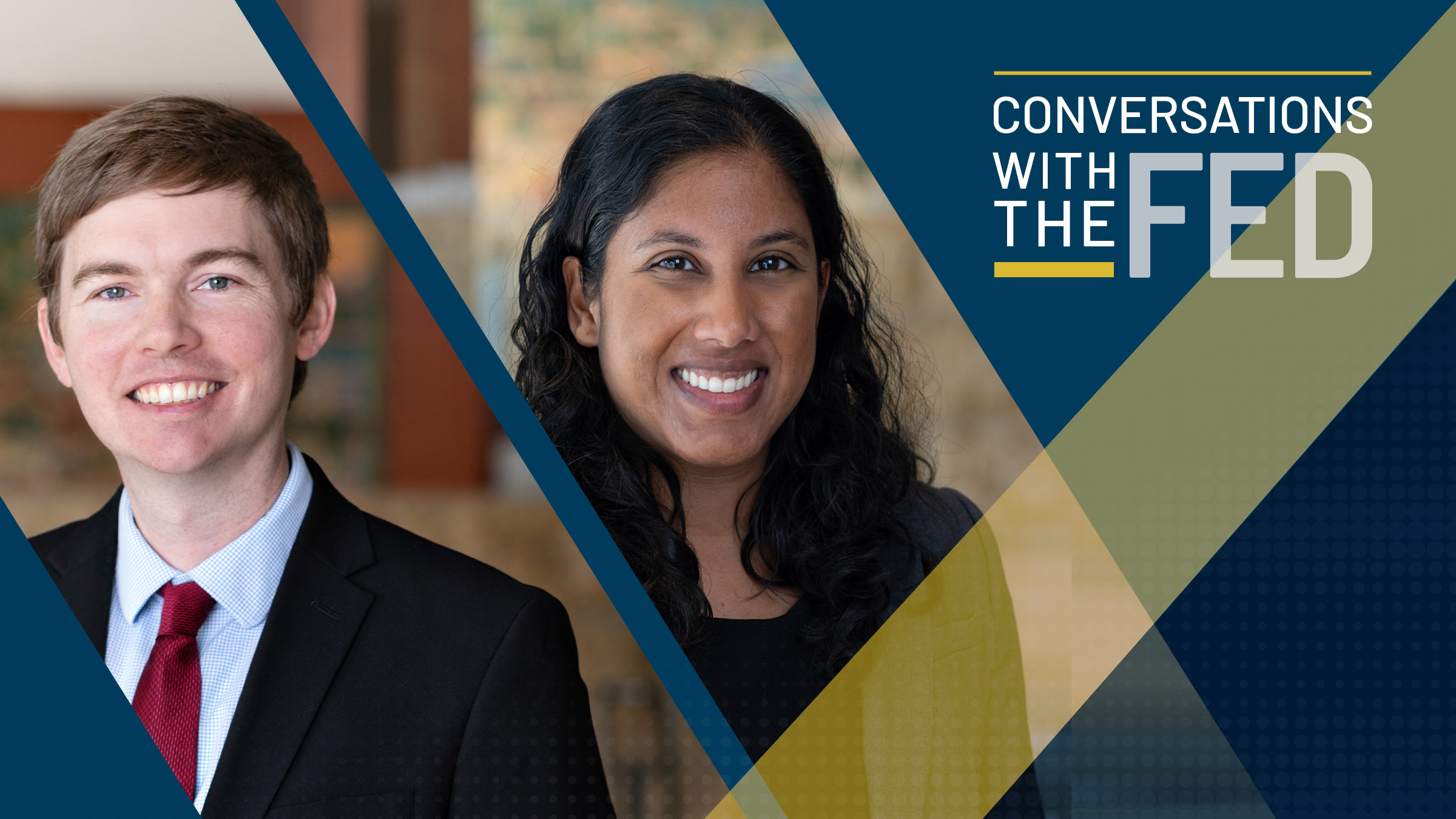
Fears about the impact of aging workers on the U.S. labor market usually dwell on an impending tsunami of retirements depleting the workforce—who will fill the empty jobs?! But recent research points to different dynamics that could have equally serious consequences, particularly for business startups and young workers.
A new paper by Minneapolis Fed research economist Niklas Engbom of New York University, “Firm and Worker Dynamics in an Aging Labor Market,” starts with descriptions of two parallel phenomena—the aging of the U.S. labor force and the decline of firm and job dynamism.
In the 1980s, workers aged 45 years and older constituted less than 30 percent of the labor force; they now represent almost 45 percent of workers. As for jobs and firms, several trends are cause for concern. Fewer new firms are being created, and older firms are not closing as frequently—a lack of churn that can signal economic stagnation.
At the same time, job-to-job mobility has declined substantially—again, a potentially worrisome sign. Moreover, as Engbom notes, economic growth has trended downward since the turn of the century.
Is there a causal link between the aging labor force and declining job/firm dynamism and economic growth? Yes, Engbom’s paper suggests: “An aging labor force accounts for a significant share of these facts.”
Using a model of interaction of labor force age composition, worker dynamics, and firm dynamics, the analysis finds that aging in the United States accounts for a large share of the declines in firm and worker dynamics over the past 30 years. Comparing data across U.S. states confirms these estimates.
Older workers, less mobility, fewer new firms and jobs
Engbom’s idea revolves around the observation that older workers are less likely to seek out new jobs or create new firms. Why? In short, because they’re pretty happy where they are. The course of their careers—searching for better jobs and taking them when good options arise—has brought many older workers to a place where the “opportunity costs”—what they’d have to sacrifice—of shifting jobs or launching startups are relatively high. That reluctance means that as the composition of the labor force shifts older, job-to-job mobility and new firm creation decline.
But this “compositional” impact is just half the story. When incorporated into the overall macroeconomy, the compositional effects also have “equilibrium effects,” suggests Engbom. Young firms are major job creators, so fewer new firms means fewer new job opportunities. That, in turn, means less job mobility. In addition, because older workers generally earn higher wages than young workers in the same position, the relative absence of young people discourages firm and job creation since entrepreneurs will face higher labor costs.
A model of three theories
Testing the theory requires a mathematical model that combines three elements, each representing a separate hypothesis of labor or firm dynamics. The first is called the quality ladder view of firm dynamics and growth through creative destruction, the idea that firms are born and die in succession as technology diffusion allows some to prosper more than others. The second is a job ladder model of work mobility in which workers improve their earnings by searching for better jobs at different firms. The third element is entrepreneurial choice—the process by which individuals decide over the course of their careers to pursue a new job, start a new business, or remain in their current position.
A model built on these principles tests well against the data. Engbom looks at the model’s estimates and actual U.S. data on labor force and firm dynamics variables—age trends in job mobility and employment-to-unemployment moves in entrepreneurial activity—and finds tight matches.
Quantitative estimates
Having shown the model’s ability to faithfully replicate firm and job dynamics, Engbom then uses it to quantify broader effects of aging on the labor market and the economy as a whole. The model suggests that aging of the U.S. labor force, due largely to declining fertility, has led to substantial declines in firm and worker dynamics.
An older labor force accounts for 40 percent of the drop in new firm creation from 1986 to 2016 and over 60 percent of the decline in job reallocation. Moreover, aging accounts for over 80 percent of the decline in job-to-job mobility.
The overall economic growth rate also declined by 0.3 percentage points annually. The explanation: Less entrepreneurial activity by older workers meant fewer new firms, slowing the process of creative destruction that leads to higher productivity. The model estimates also show that aging leads to more wage inequality and lower labor share.
Conclusion
The model thus provides a cogent explanation for declining job and firm dynamism, and for lower economic growth. An aging labor force has both compositional effects (lower job mobility and firm creation by older workers) and equilibrium effects (young workers experience a reduction in new opportunities as fewer new firms are started, and potential entrepreneurs are discouraged by the harder hiring environment). The combined impact is a loss of job, firm, and macroeconomic vitality.
Based on these findings, Engbom suggests further questions. Does this explanation hold for other nations with an aging population? To what extent can policies to boost immigration, for example, increase dynamism of the U.S. labor market?





